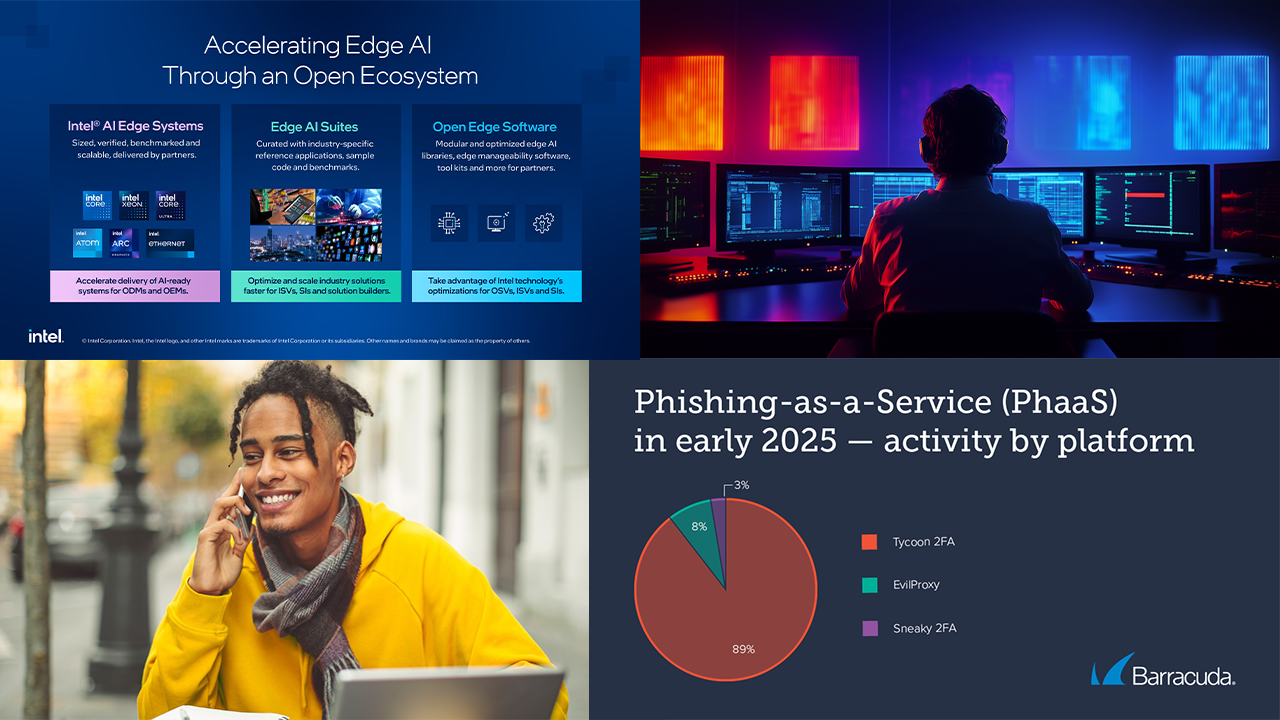AS THE HYBRID WORK MODEL becomes firmly entrenched in today’s businesses, nearly three-quarters of IT and security leaders view desktop as a service (DaaS) as a key enabler to a secure and reliable experience for employees working from anywhere, at any time, according to a recent pulse survey from Citrix Systems.
As a result, more than 50% of respondents plan to implement DaaS over the next 18 months, and the vast majority (81.33%) plan to increase their investments.
Implementation that is already under way is moving quickly, the survey finds, with 63% of respondents’ organizations having moved 41-80% of workloads to the cloud over the past year.

Source: Citrix Systems
The ability to deploy secure remote desktops and scale them up or down as needed offers business benefits such as increased security (41%), cost savings (39.67%), and increased IT efficiency (13.33%), according to the findings. Additional benefits include higher workstation lifetime value, improved business continuity, maintenance time savings, and better budget predictability.
Respondents indicate DaaS can help with IT challenges too, such as scaling architecture (58%), managing license inventory (54%), IT resourcing and staffing (54%), and managing high procurement costs (53%).
The top two use cases for DaaS are facilitating a bring-your-own-device policy and simplifying IT admin tasks (both at 57%). That’s followed by providing system access for contractors and seasonal workers (55%), ensuring business continuity (54%), better maintaining data and security standards (52%), and improving scalability for a distributed workforce (43%).
There are some barriers to DaaS investment, however, respondents report. These include reliance on on-premises equipment (54%), cost (48%), existing investment in infrastructure that can be leveraged (45%), security and compliance concerns (40%), complexity of implementation (34%), and control over company assets (30%).
Still, with the reported planned spending on DaaS, channel pros have an opportunity to help SMB clients over these barriers.
Image: iStock














